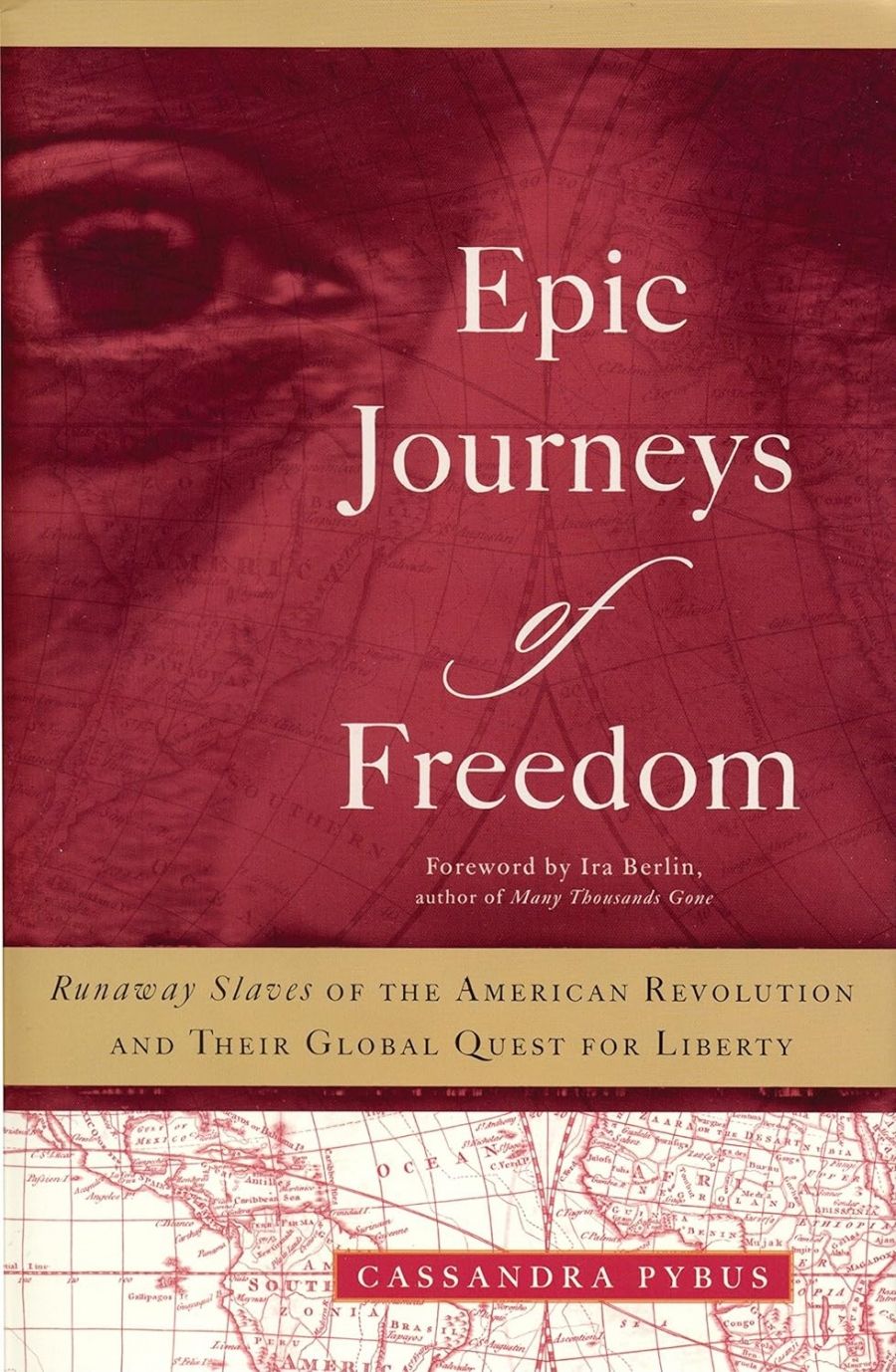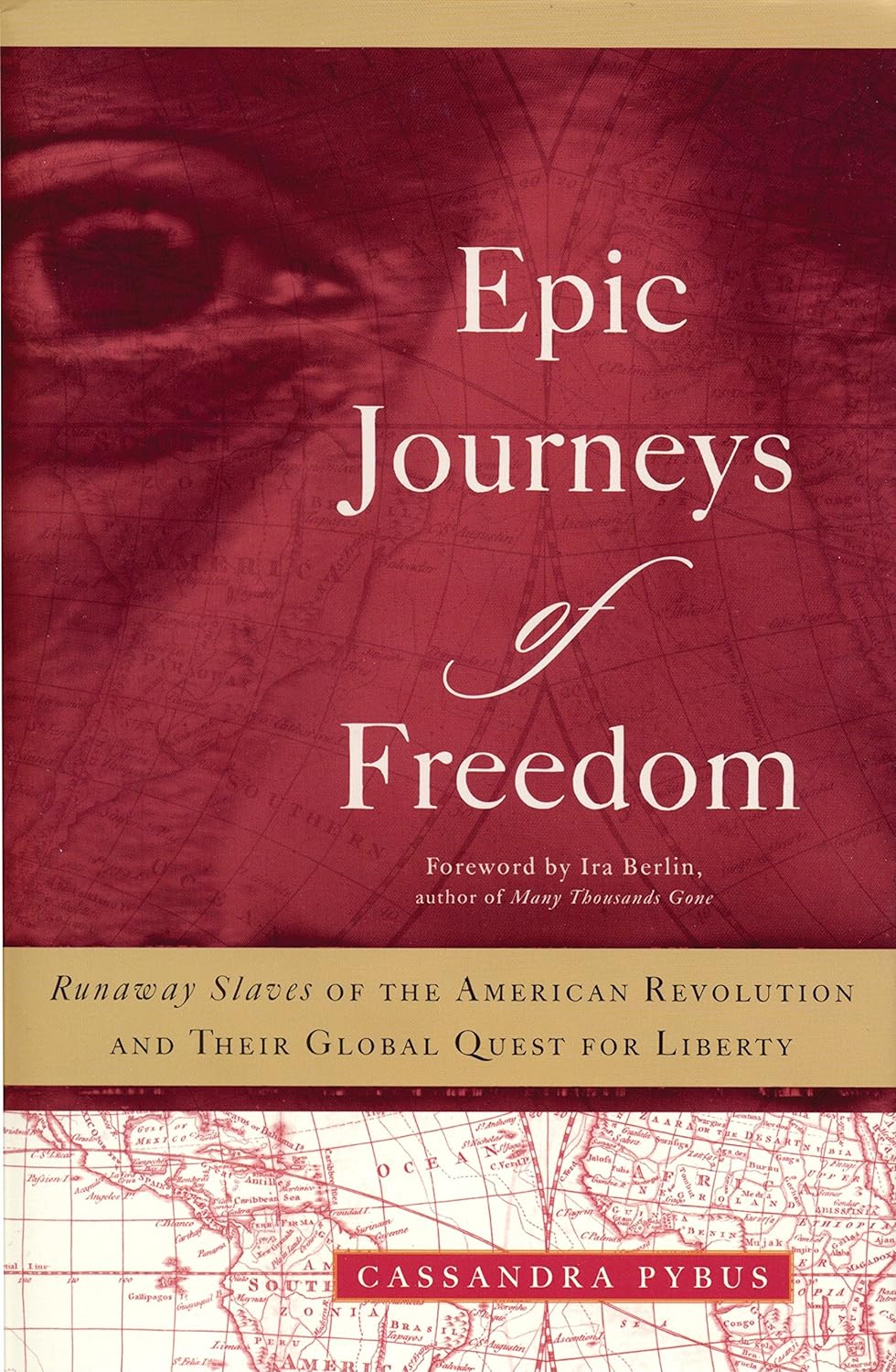
- Free Article: No
- Contents Category: History
- Review Article: Yes
- Article Title: Administrative flotsam
- Online Only: No
- Custom Highlight Text:
Until about twenty years ago, historians of colonial North America were writing about it as ‘this strange New World’. Whether because of distance or a native frontier, inflated (or skewed) visions, J. Hector St John de Crèvecoeur’s new man, the American, was thought to have been born on an unknown and therefore malleable physical and institutional landscape. Everything could, as it were, begin from scratch – and that’s the way the Americans wanted it. Today, historians have repositioned the colonies within the seventeenth – and eighteenth – century Atlantic World. In these studies, North American colonials simply lived English, Dutch and French lives overseas. It was not just that they replicated the home country’s customs and institutions in Philadelphia, Charleston or Montreal: that we’ve known. They used an available Atlantic World: black slaves ran to British ships on the Atlantic and served as sailors; New England merchants travelled to the Caribbean; Dutch New Netherlanders as assiduously carried on business with Amsterdam wholesalers as with retailers on Manhattan Island; British soldiers stationed on the African coast found themselves shipped to South Carolina.
- Book 1 Title: Epic Journeys of Freedom
- Book 1 Subtitle: Runaway slaves of the American revolution and their global quest for liberty
- Book 1 Biblio: Beacon Press, US$26.95 hb, 294 pp, 080705514X
- Book 1 Cover Small (400 x 600):

- Book 1 Cover (800 x 1200):

And North American ex-slaves moved around the Atlantic as well. Cassandra Pybus tells the story of thousands of them in Epic Journeys of Freedom: Runaway Slaves of the American Revolution and Their Quest for Liberty. Whether intentionally or not, her title is ironic. The quest and the journeying took the ex-slaves out of servitude and into the wider landscape of the late eighteenth-century British Empire. But the geography was one of punishment, deadly disease, illegal incarceration, the broken promises of officials and commissions, re-enslavement (for some) and early deaths.
As is Pybus’s signature as a writer, this story is exhaustively researched and beautifully told. It is the tale of slaves who, as men with wives and children, as mothers of families, as whole religious congregations, fled to the British lines as the redcoats arrived to put down the American Revolution, beginning in 1776. The British promised them freedom in return for military service during whatever campaigns lay ahead. In a chapter titled ‘Fleeing the Founding Fathers’, Pybus quietly uses her data rather than ideological bombast to lay out the anger of Virginia slave-owners such as George Washington and Thomas Jefferson as their slave property absconded – they couldn’t believe that black men and women preferred freedom over security – and their torturous and unworthy efforts to get them back. She tells of the arrival of the runaways to British forces bivouacked or anchored at places such as Philadelphia and Portsmouth. Smallpox followed them; helpless against it, hundreds died. And then disaster: the British were losing the final campaigns in the south. The blacks would be losers-within-losers. Pybus lets her account of Lord Charles Cornwallis’s defeat at Yorktown, Virginia, stand as a metaphor not only for the utter defeat of the entire British effort but for the destroyed hopes of the black Loyalists. Of his 4000 to 5000 black recruits, probably only 2000 survived.
Pybus’s study must travel from Virginia, South Carolina and the port of New York, as about 9000 former slaves now journeyed with the defeated British fleets assigned to evacuate to other parts of the empire 30,000 ill and demoralised soldiers and about the same number of Loyalists. About 1500 destitute black men and women arrived in Nova Scotia. Others were offloaded in London, or rather, being homeless and now denied the maintenance for which the government, through the Loyalist Claims Commission, had given assurances, found themselves unemployed and prey to its slums, prisons and poorhouses. And they were sent even farther. In 1787, two schemes for distant colonies (and emptier prisons) drew support. British officials completed a breathlessly foolish plan for a settlement on the west coast of Africa at Sierra Leone. Some 370 black refugee men and women signed aboard. Within months, 122 settlers, landless and terrified within a known slave-catchment area, had died. Five years later, the Sierra Leone Company took up the project. Again, land grants and political rights were promised and about 780 black emigrants from Nova Scotia chose to go. They walked again, as they later said, into slavery. In 1787, disease-ridden convict ships departed for Botany Bay. For the dozen black men transported, New South Wales meant more servitude, coerced labour and inclusion in the world-wide British underclass. As she does with other members of this tragic North American diaspora, Pybus follows individuals to the Great South Land. In all (and displayed in a helpful appendix), she can reconstruct from ‘the insignificant scratches and tattered bits of administrative flotsam’ the biographies for thirty-one men and one woman.
One could easily become cynical reading Epic Journeys of Freedom. Nowhere in the Atlantic World was there a Promised Land for the refugees who longed only for freedom and the means to security for their families. But as much as Pybus makes us aware of the savage treatment of the poor at the end of the eighteenth century, she puts before us the determination of the human spirit to be free. In the case of the runaways, she finds men and women animated to seek freedom by the principles of the American Revolution. Her direct evidence for this is limited. I suspect the struggle to find dignity is more universal. Whatever the case, her study speaks eloquently to the injustices of the eighteenth and the twentieth centuries, injustices that propel thousands of people onto journeys across borders and then, as it seems, continue to meet them every step of the way.


Comments powered by CComment